I have an addiction to houseplants. I love them and feel like everyone should have them in their home. They bring life (literally!) to a space, help the air, and add texture and interest. It makes me sad when people say they have a black thumb. Anyone can have a "green thumb"! It is all about finding the right plant for you. I want everyone to feel more confident so I am compiling all the information that you need to become an expert plant parent. Here is my houseplant care for beginners guide!
The number one problem people have with their plants is that they either over water them, under water them, or do a combination of both (are inconsistent). So let's start out by chatting about watering & soil!
#1 Drainage
Houseplants need drainage. They need a way to get rid of the excess water. Their roots can rot if they sit in water for too long. If you find a pot that you love, but it doesn't have a drainage hole, you have two options. You can drill a hole in it, or you can use it as a cover for a grower pot (or other pot with holes). Simply place the plant in its growers pot inside the cute pot without a drainage hole. When I do this, to make sure the growers pot isn't sitting in any water than drained out the bottom, I place the plastic pots on top of something (like a jar lid or scrap piece of wood).
Cover: You can place the grower pot the plant came in the cute pot that doesn't have drainage. I like to place a canning jar ring or something under the growers pot so that when water drains out, the plant isn't sitting in the water.
Drilling Drainage Holes: To drill a hole in a plastic pot, just use a regular drill bit. If it is glass or ceramic, you can use a diamond drill bit. I have a whole post with instructions on how to do this. It is quite easy!
#2 How Often To Water
There is not "one size fits all" answer here unfortunately. I like to set a timer on my phone for once a week and then I check each plant. Some do need a weekly water and some need a bit longer. But if I have a reminder set, I at least remember to check on them consistently. I have a couple of ferns that are a bit needy, so they are in my kitchen and living area where I see them the most. Sometimes they need a drink twice a week.
It is also tricky because some plants like to stay evenly moist (some ferns) while some like to dry out in between waterings (succulents, cactus, ZZ plant, Snake plant). You need to know each plant and their needs. If you don't want to remember a ton of different types and all their information, I suggest researching and finding plants that need similar care and sticking with those. Pothos and philodendrons are similar and easy to care for, for example, and they have a variety of types within those families. I have a post all about the easiest houseplants to care for. It is also a good idea to buy plants that you feel confident you can care for instead of just choosing popular houseplants. Some popular plants are hard to care for.
To test the soil, I usually just stick my fingers in. Most of my plants get watered when the top inch or two is dry. You can also use a moisture meter.
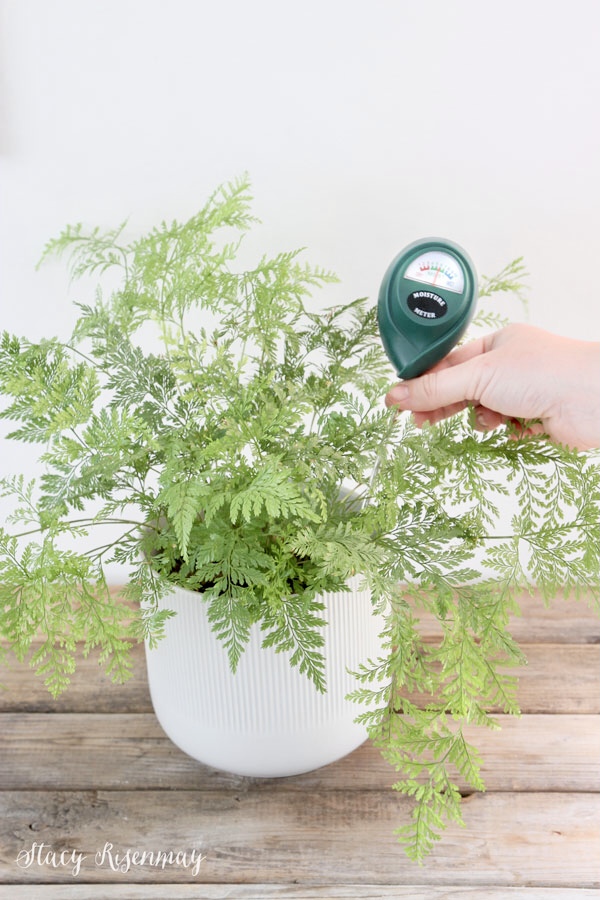
Another method of watering is to "bottom water". Place your pot in a bowl of water or a sink of water and allow the water to absorb up through the drainage hole. It is a good way to avoid over watering. as soon as the top is moist, remove from the water.
Some will say that during the winter months your plants need less water because they are dormant. This can be the case. But I have a forced air furnace that dries my plants out more often in the winter. I personally find that I need to check mine a bit more due to the lack of humidity. Take your home's environment into account.
#3 Choosing the Correct Soil
Something most people don't think about is having the correct soil for their plant. Succulents and cactus need a sandier soil with large chunks that allows it to drains well, for example. They like to dry out a bit so if you choose a soil that says something on the packaging about it retaining moisture, then it wouldn't be a good fit. Something that holds moisture, would be good for ferns though. Most of my houseplants get potted in the Miracle Grow Indoor Plant potting soil made for houseplants.
#4 Lighting
Each plant will have different lighting needs. Some thrive in bright light while other need a lot less. It is important to know the lighting needs, as this can have a huge impact on the health of your plant.
Most house plants have little tags that will tell you the name and basic care instructions. Before you buy a plant, consider where it will go and if the light requirements are correct. I think where most people get into trouble is, they buy a plant because they like the look of it and place in their home where they think it will look nice, like a bare corner. And then they get frustrated when it struggles.
The biggest way I have seen this happen is with Fiddle Leaf fig plants. Pinterest is full of photos with them in the far, dark corner of rooms when in reality, they LOVE light and need to be closer to a light source than most realize. Make sure you plant is getting enough light. If you don't have great natural lighting in your space, try some low light plants like zz plants, snake plants, chinese evergreen, dracena, and spider plants.
Direct Sunlight means there is no filter (ie. curtains) and it's close to the light source with light hitting the leaves.
Indirect Light means that it is farther from the light source and doesn't have light directly hitting the leaves.
So if you see a tag that says "Indirect bright light" you could put it in a sunny room but not in the window sill or a side table right in front of the window. Maybe place it across the room or on a shelf next to the window.
If it says "Low light" or "medium to Low light" it would be great in a corner of a room that is shaded (north facing) or a room with small windows and less natural light.
A side note with lighting, remember to rotate your plant. If not, one side will get bushier than the other and it will be lopsided. Plants follow the sun and grow towards the light. Every time you water, simply turn it a bit :) In the winter, there is less light. You may need to reassess where you plants are and temporarily move them.
#5 Keep Them Clean
Dust your plants! The leaves have small holes that they "breath" through call stomata. Dust accumulating can block them. A layer of dust can also hinder the plants ability to photosynthesize. In short, dust stunts its growth. Plus, they look so dull and sad! To dust mine, I just rinse then leaves off in the sink and then gently dry them with a soft cloth or paper towels. I have hard water, so I don't want them to just dry on their own and get spots. If I have a plant too big to carry to the sink (like my giant fiddle leaf), I take damp rags to it and wipe them down.
There is a healthy debate about the product called Leaf Shine. Most house plant enthusiasts shy away from using it thinking that it can clog the small stomatas. Some say it is good because it repels the dust. I choose to err on the side of caution and avoid it.
#6 Treating Pests
When buying new plants, it is important to inspect them for insects before purchasing. Look out for spider mites (which are teeny tiny and are found on the underside of leaves. Sometimes they will have created a fine weblike silk (hence the name). There are also mealy bug which are white a fuzzy. They tend to hang out on new growth and in and crevice. Scale looks like little brown dots. They almost look like they are a node and part of the plant. If a plant looks unhealthy or like it might be infested, reconsider purchasing it. There are a lot of hard core plant people like to quarantine new plants for a while before having them near their other plants.
Luckily I have only had to combat spider mites and pesky fungus gnats. The two things I use are Neem oil and systemic insect control insecticide granules. They treat a variety of pests. The oil is for the leaves to kill the insects on contact and the granules are for the treating the soil. It is systemic meaning it will be taken up by the roots and then kills the bugs when they eat on the plant.
#7 Humidity
All houseplants need some level of humidity. Tropical plants need high amounts. Unfortunately, most homes are drier than they would like. Especially in the winter when heaters are going. There are a few things you can do to help your houseplants out.
*Don't put plants near air vents. This dries them out!
*Use a humidifier. I only do this in the winter and only for the ones that need it the most. I small cheap ones and place them in a couple rooms.
*Group plants together. Plants give off moisture as they "breath" so if you group them together they help each other out by creating humidity. This is something else I do in the winter.
*Place the plants with the highest need in your bathrooms (if you have a window with natural light). The steam from the showers give them extra moisture they need.
*Place them on a tray with pebble and water. As the water evaporate, it creates humidity. Just make sure the bottoms of the pots are not sitting in the water.
Most of my houseplants are fine on their own and don't require additional humidity, even in the winter. But my ferns, and prayer plants are the ones I tend to baby.
#8 Trimming
Most plants don't need to be trimmed, but vining plants will at some point. I LOVE plants that trail. I like to hang them and watch as they grow longer. But eventually, they get "leggy" and start to lose their bushy appearance. There is an easy fix. To prevent this, keep it trimmed and don't let it get too long. If it does get past that point and it is looking a bit sparse on the top, have no fear! That can be remedied. Trim the longest vines and place them in water. The little nodes will turn into roots and then you can plant them into the same pot to create a thicker plant. It's kind of like hair plugs ;)
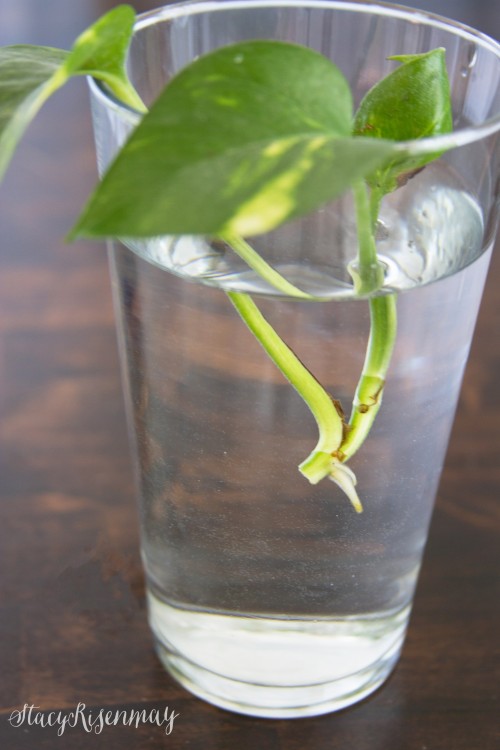
If you have a plant that has yellowing leaves or brown edges, you can use clean scissors and trim those away too to keep the plant looking its best.
Houseplant Care For Beginners - Takeaways
These 8 areas of focus are my houseplant care for beginners tips. Do you have any to add to the list? Please share in the comments!
If you only get ONE takeaway from this, I hope that it is that as long as you research the plant you are buying and know its needs, you will be fine! You may kill some along the way and that is also fine. Heaven knows I have killed my fair share over the years. But you will figure out which plants do well in your unique environment. If a plant starts to show signs of distress, google the type of plant + the problem and you can figure out what to do. You may need to move it to a new spot or water it less. But, YOU'VE GOT THIS.
Now go buy some plants 🌿!
PIN For Later:
You will also like:


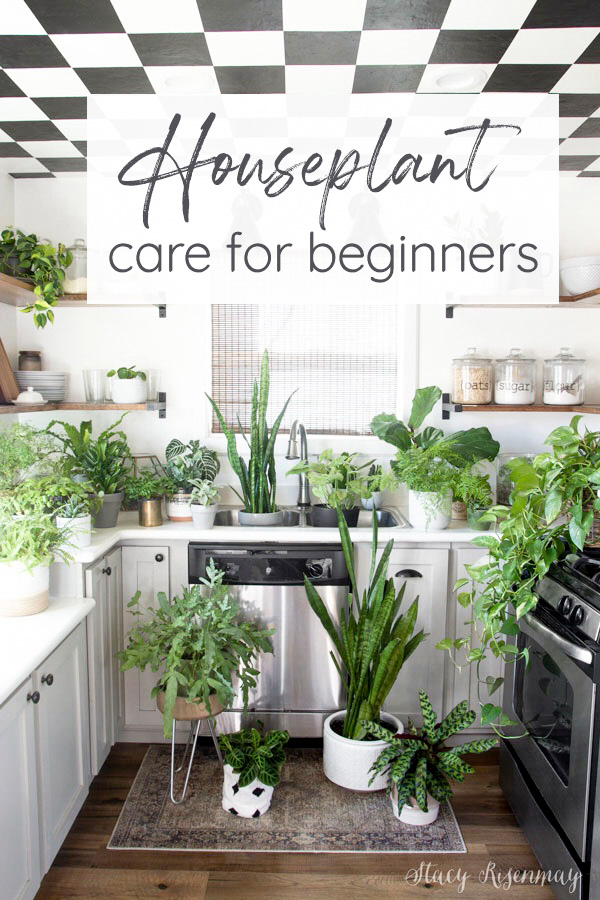
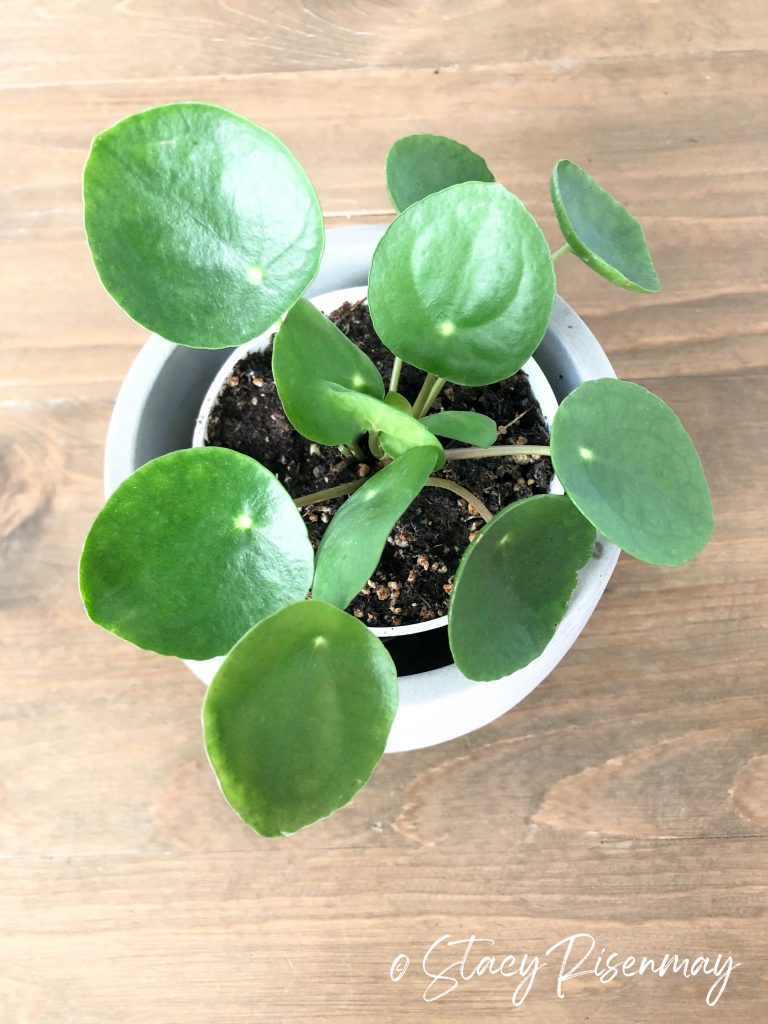
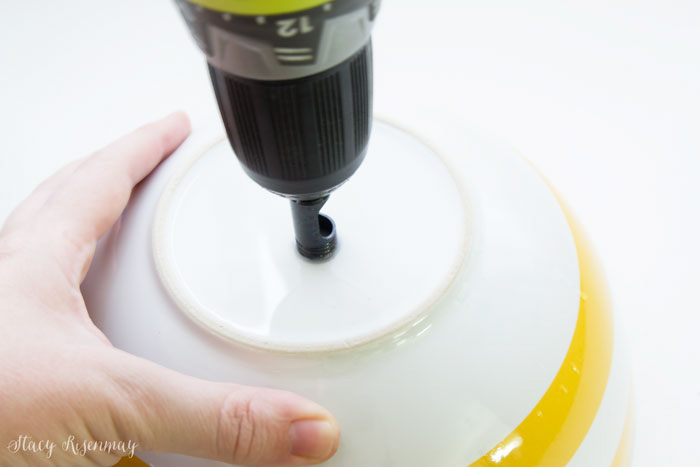
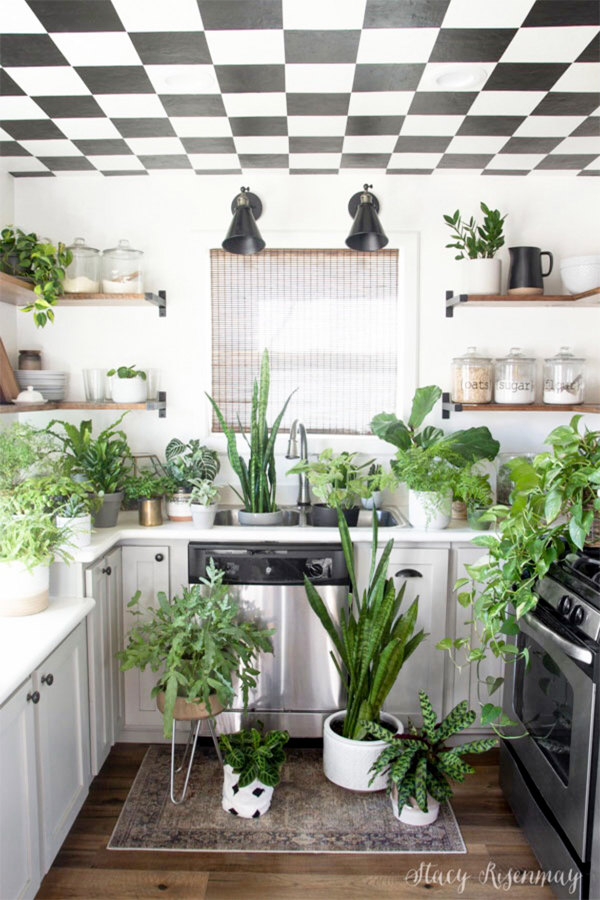
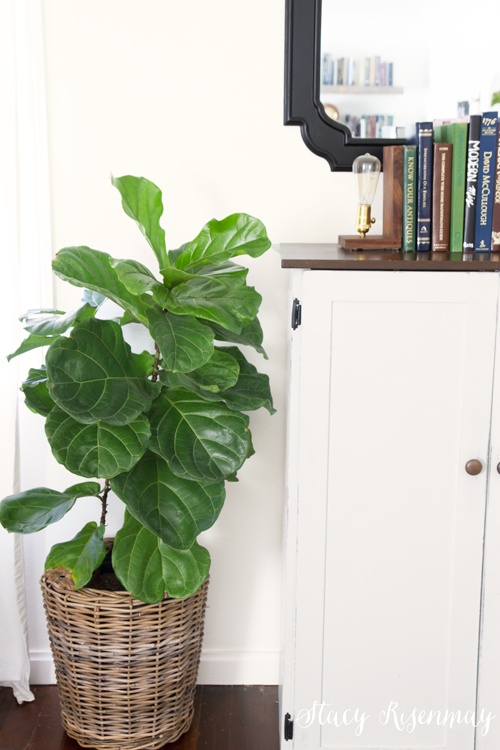
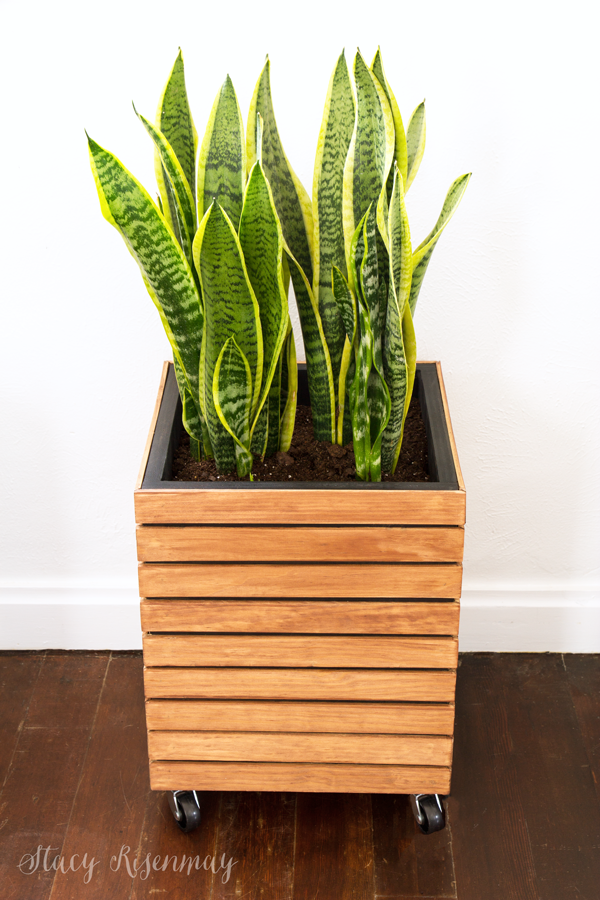
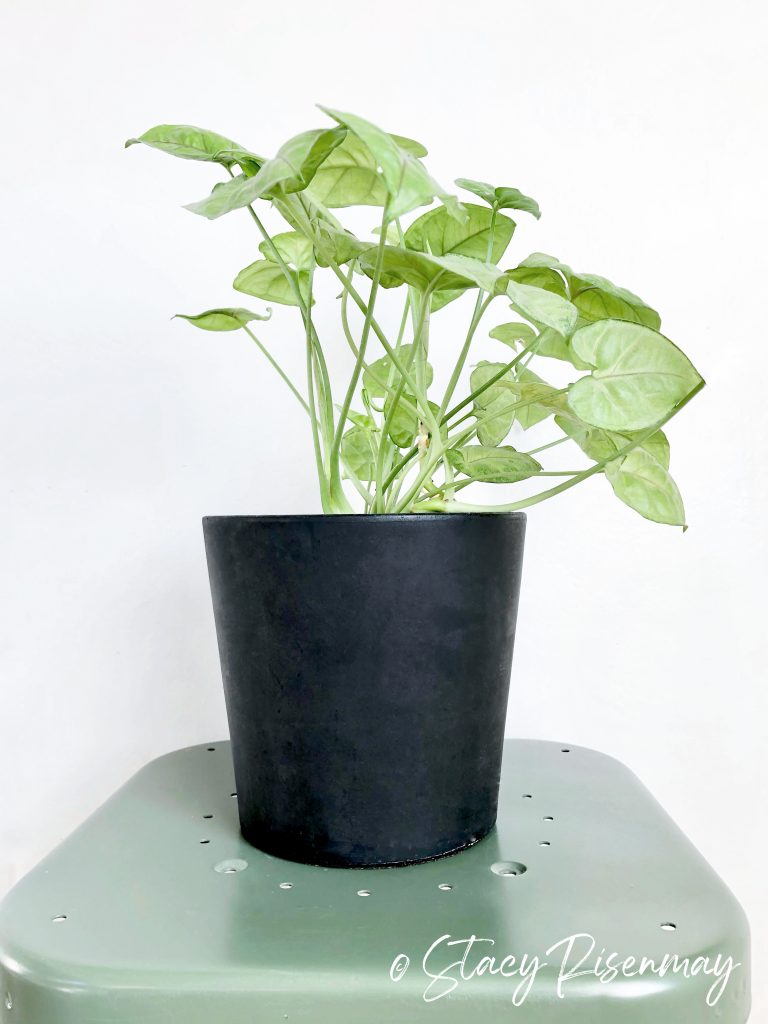
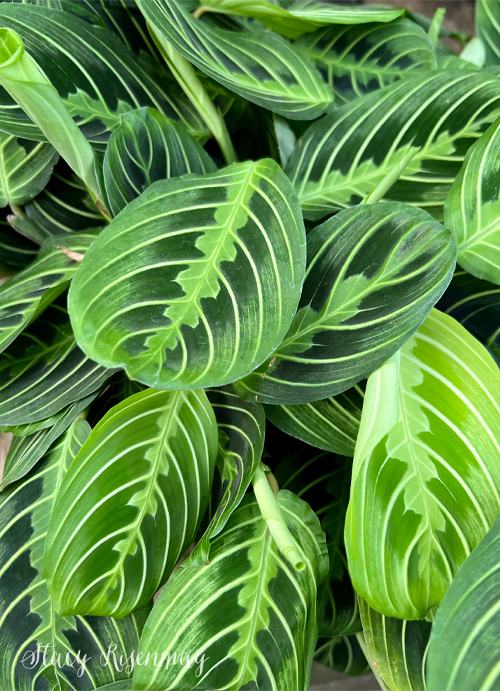
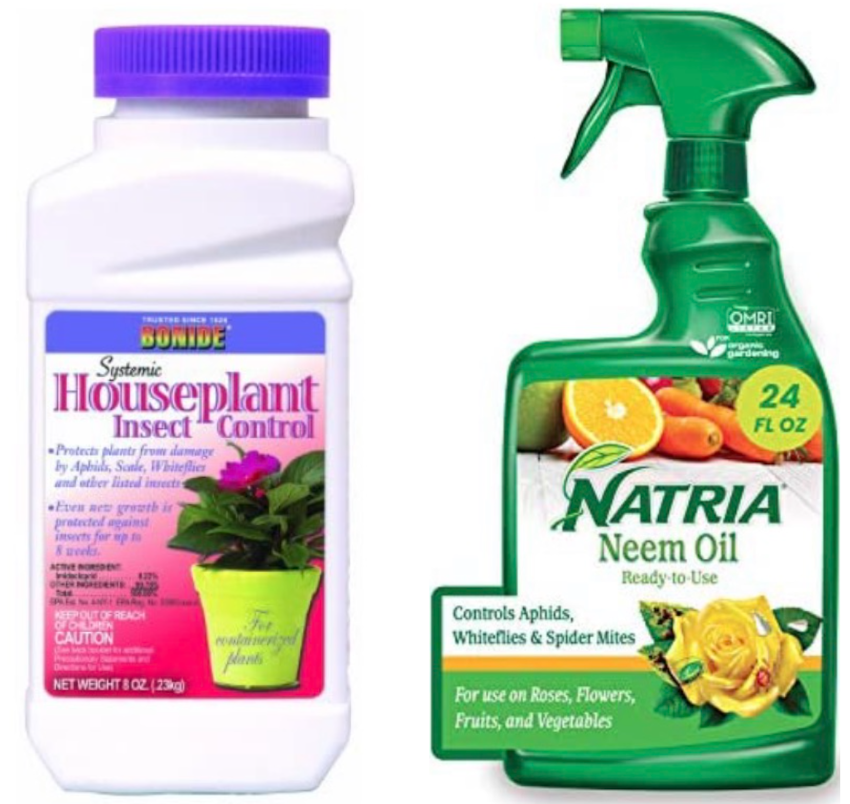
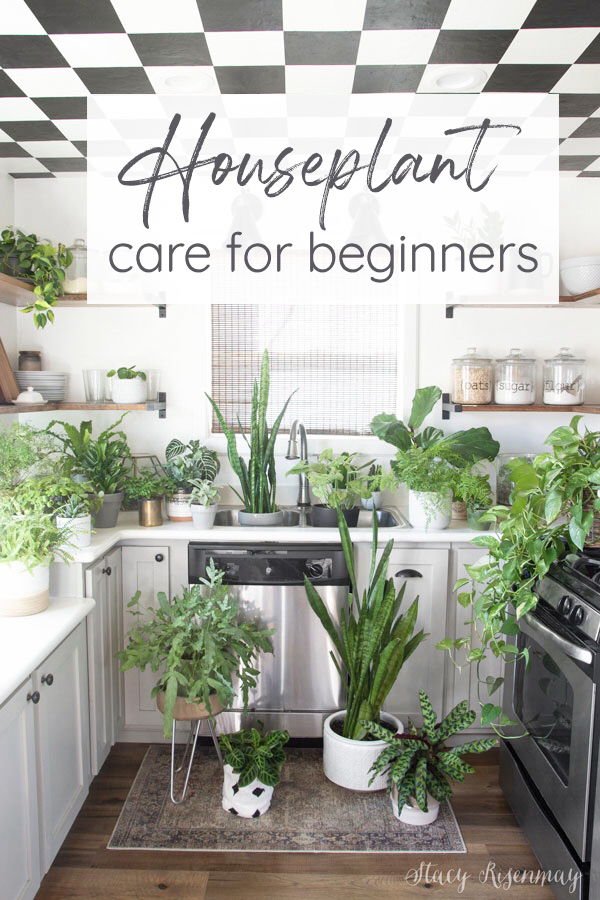
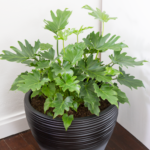
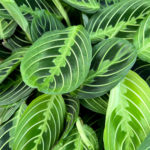
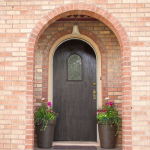
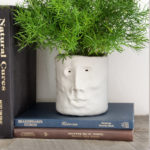
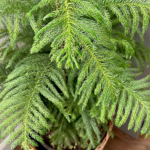
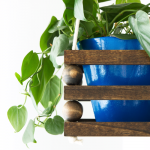
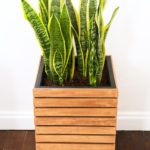
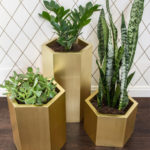
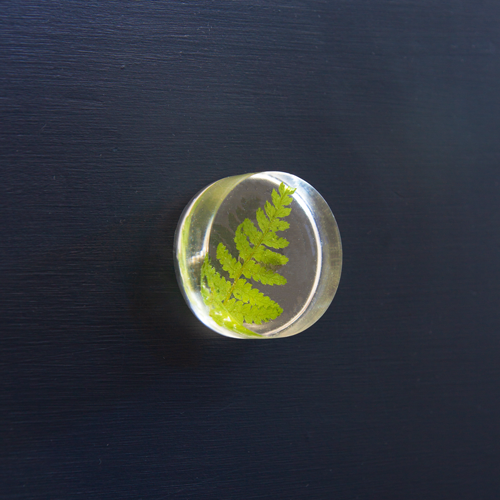
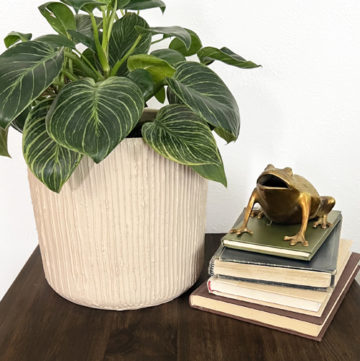
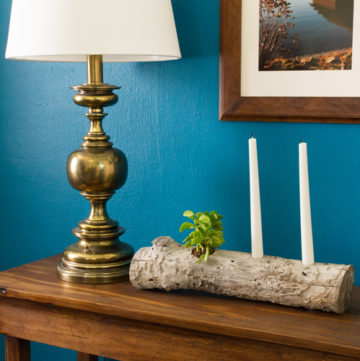


Thank you! I want to have more houseplants but have been hesitant because I haven't had a good track record. I think I can handle a few from your easy list. Fingers crossed!
Bugs are my biggest issue. Those white cottony looking ones and the ones on top of the soil. I’ll get rid of them...I think...and then they come back. Thanks for this!